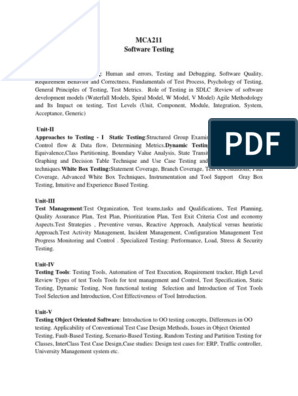0% found this document useful (0 votes)
42 views10 pagesIntroduction To Data Blending
Data blending in Tableau involves combining data from multiple sources to enable comprehensive analysis and visualization. It allows analysts to gain deeper insights by uncovering relationships between different datasets that would otherwise be difficult to find. Some key techniques for blending data in Tableau include identifying common fields, managing data aggregation and granularity, joining and unioning tables, and understanding relationships between different sources.
Uploaded by
labivid749Copyright
© © All Rights Reserved
We take content rights seriously. If you suspect this is your content, claim it here.
Available Formats
Download as PPTX, PDF, TXT or read online on Scribd
0% found this document useful (0 votes)
42 views10 pagesIntroduction To Data Blending
Data blending in Tableau involves combining data from multiple sources to enable comprehensive analysis and visualization. It allows analysts to gain deeper insights by uncovering relationships between different datasets that would otherwise be difficult to find. Some key techniques for blending data in Tableau include identifying common fields, managing data aggregation and granularity, joining and unioning tables, and understanding relationships between different sources.
Uploaded by
labivid749Copyright
© © All Rights Reserved
We take content rights seriously. If you suspect this is your content, claim it here.
Available Formats
Download as PPTX, PDF, TXT or read online on Scribd
/ 10























































































